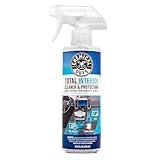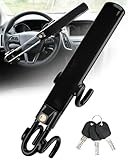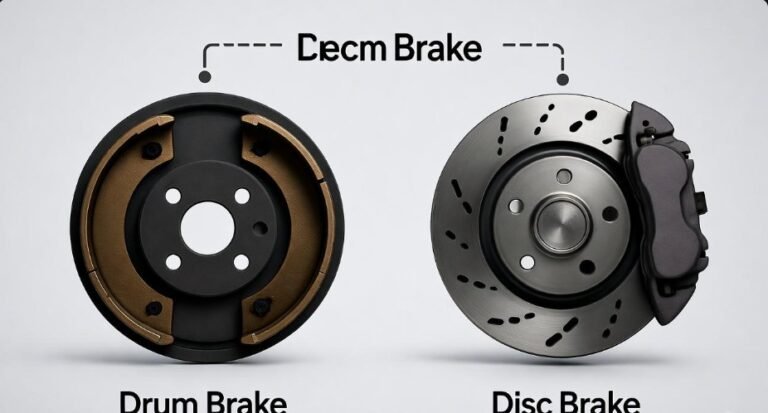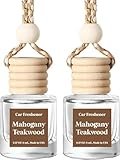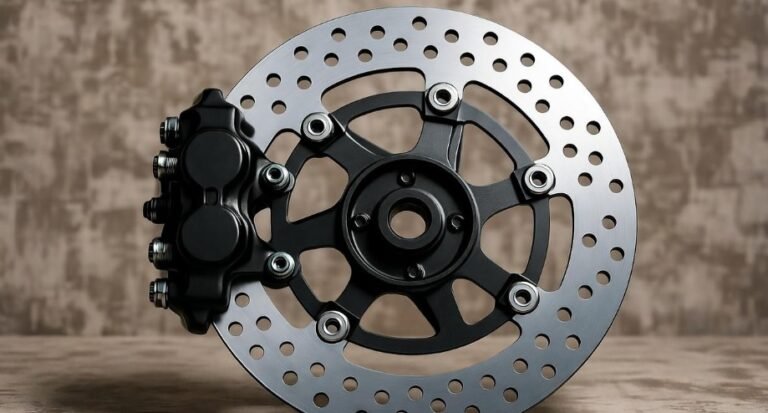Swift Dzire Brake Booster Price
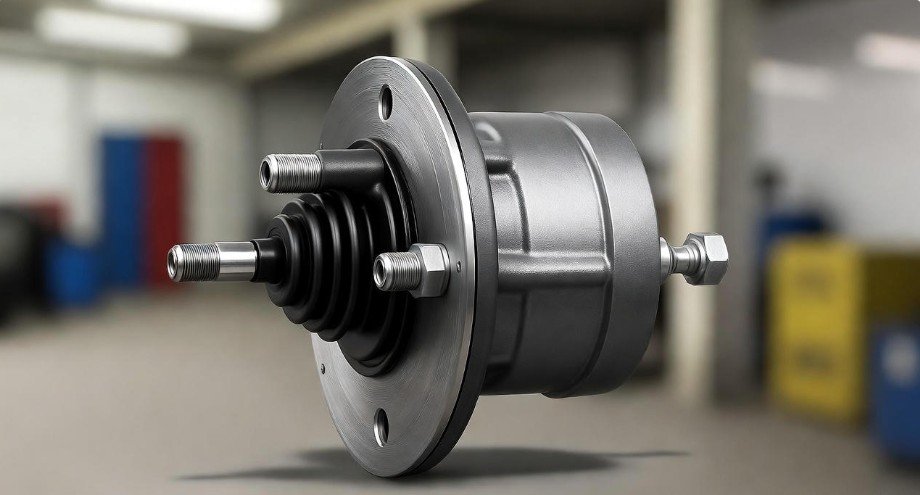
The Swift Dzire brake booster price typically ranges from $50 to $200 for the part itself, with professional installation adding another $100 to $300. Prices vary based on brand, quality, and your location in the USA.
Key Takeaways
- Locate reputable auto parts stores for parts.
- Compare prices online and locally for savings.
- Understand factors influencing the Swift Dzire brake booster price.
- Factor in installation costs for a total repair budget.
- Consider OEM vs. aftermarket options carefully.
- Seek professional installation for safety and warranty.
Is your Maruti Suzuki Swift Dzire’s braking system feeling sluggish or requiring more pedal effort than usual? A failing brake booster could be the culprit. This vital component amplifies the force from your foot pedal, making it easier to stop your vehicle safely. When it malfunctions, braking becomes a challenge, impacting your confidence on the road. Understanding the Swift Dzire brake booster price is the first step to getting this essential safety feature back in perfect working order.
Navigating car repairs can seem daunting, especially when dealing with critical systems like brakes. You might be wondering about the cost of a new brake booster, whether to buy genuine parts or aftermarket options, and how much installation will add to the overall bill. Don’t worry; we’re here to break down everything you need to know about the Swift Dzire brake booster price, making the process clear and manageable for any car owner in the USA.
Why is the Brake Booster Important for Your Swift Dzire?
The brake booster, also known as the vacuum brake assist or hydraulic brake booster, is a crucial part of your car’s braking system. Its primary function is to multiply the force you apply to the brake pedal. Without it, you’d need to press the pedal with significantly more force to achieve the same stopping power, making emergency stops difficult and everyday driving tiring. This assistive device uses either engine vacuum or hydraulic pressure to do its job. A healthy brake booster ensures that you can stop your Swift Dzire quickly and safely, which is paramount for your safety and the safety of others on the road.
A common sign of a failing brake booster is a brake pedal that feels hard to press, or you notice it sinking slowly to the floor when you apply pressure. You might also hear a hissing sound from under the hood when the engine is running. Ignoring these symptoms can lead to reduced braking performance and increase the risk of an accident. Therefore, addressing issues with your brake booster promptly is essential.
Understanding the Swift Dzire Brake Booster Price Components
When you’re looking into the Swift Dzire brake booster price, it’s important to understand the different factors that contribute to the overall cost. This isn’t just about the sticker price of the part; several elements play a role in determining how much you’ll eventually pay.
1. The Brake Booster Part Itself
This is the most significant cost component. The brake booster unit is a complex mechanical device. Its price can vary based on several sub-factors:
- Brand and Manufacturer: As with many car parts, you’ll find options ranging from original equipment manufacturer (OEM) parts, which are made by or for Maruti Suzuki, to aftermarket parts from other manufacturers. OEM parts are often more expensive but come with the assurance of being designed specifically for your vehicle model. Aftermarket parts can be significantly cheaper, but their quality and fit can vary.
- Material and Technology: While most brake boosters for the Swift Dzire are fairly standard, advancements in materials or specific supporting technologies could slightly influence pricing.
- New vs. Remanufactured: You might find remanufactured or reconditioned brake boosters. These are used units that have been repaired and tested to meet certain standards. They are typically less expensive than brand-new parts but may not have the same lifespan.
2. Installation Labor Costs
Replacing a brake booster is not a simple DIY job for most car owners. It involves working with the brake system, which requires specialized knowledge and tools. Mechanics will charge for their time and expertise. The labor cost can vary significantly based on:
- Shop Rates: Different repair shops, whether independent mechanics or dealerships, have different hourly labor rates. Dealerships are often the most expensive.
- Complexity of the Job: While replacing a brake booster is a standard procedure, the specific layout of the Swift Dzire’s engine bay and surrounding components can affect how long it takes.
- Additional Parts Needed: Sometimes, during the replacement, mechanics might find other parts in the braking system that are worn or damaged and recommend replacing them simultaneously. This could include brake fluid, hoses, or even the master cylinder.
3. Location and Taxes
The cost of goods and services, including car parts and labor, can differ based on your geographic location within the USA. Areas with a higher cost of living often have higher labor rates. Furthermore, sales tax will be applied to the parts and sometimes the labor, depending on your state’s regulations. For instance, states like California have higher sales taxes than others.
4. Diagnostic Fees
Before any repair work begins, a mechanic will need to diagnose the problem to confirm it’s the brake booster. Some shops may charge a diagnostic fee, which can sometimes be waived or credited towards the repair cost if you proceed with the work at their facility. It’s always good to ask about this upfront.
Typical Swift Dzire Brake Booster Price Range
Based on general market trends for similar automotive parts and services in the USA, here’s a breakdown of what you can expect for a Swift Dzire brake booster replacement:
Part Price Estimates
The price of the brake booster part alone can fluctuate. Here are some typical ranges:
| Type of Brake Booster | Estimated Price Range (USD) | Notes |
|---|---|---|
| Aftermarket (New) | $50 – $150 | Good quality options available from reputable brands. |
| OEM (New) | $100 – $200+ | Genuine Maruti Suzuki part, designed for perfect fit and performance. |
| Remanufactured/Reconditioned | $40 – $100 | Cost-effective option, but lifespan may be shorter. |
It’s crucial to buy from a reliable supplier. For example, if you’re in a larger city like New York or Los Angeles, you might find a slightly wider range of prices due to more competition, but overall costs could be higher.
Installation Cost Estimates
Labor is a significant part of the total price. Auto repair shops typically charge an hourly rate, and the time it takes to replace a brake booster can range from 1 to 3 hours.
| Repair Shop Type | Estimated Labor Cost (USD) | Notes |
|---|---|---|
| Independent Mechanic | $100 – $200 | Often more affordable than dealerships. |
| Dealership | $150 – $300+ | May offer specialized expertise and OEM parts. |
Some shops might offer a flat rate for common repairs like this. Always get a written estimate before authorizing work.
Total Estimated Cost
Combining the part and labor, the total Swift Dzire brake booster price for a full replacement can generally fall into these categories:
| Repair Scenario | Estimated Total Cost (USD) | Notes |
|---|---|---|
| Using Aftermarket Part with Independent Mechanic | $150 – $350 | Most budget-friendly option. |
| Using OEM Part with Independent Mechanic | $200 – $400+ | Good balance of quality and cost. |
| Using OEM Part with Dealership | $250 – $500+ | Highest cost, but often includes a comprehensive warranty. |
Remember, these are estimates. The exact Swift Dzire brake booster price will depend on your specific circumstances.
Where to Buy a Swift Dzire Brake Booster in the USA
Finding the right place to purchase your brake booster is key to getting a fair price and a quality part. Here are some common avenues:
- Online Auto Parts Retailers: Websites like AutoZone, Advance Auto Parts, O’Reilly Auto Parts, and Amazon offer a wide selection of both OEM and aftermarket brake boosters. They often have detailed product descriptions and customer reviews. Ordering online can sometimes offer better pricing due to lower overhead.
- Local Auto Parts Stores: Chains like AutoZone, Advance Auto Parts, and O’Reilly Auto Parts have physical locations across the USA. You can often walk in, get advice from knowledgeable staff, and sometimes even get parts the same day.
- Dealerships: The Maruti Suzuki dealership (or its authorized service centers in the USA) will carry OEM parts. This is usually the most expensive option but guarantees genuine parts.
- Specialty European/Import Parts Stores: If you have access to a store that specializes in parts for imported vehicles, they might have a good selection and knowledgeable staff.
When buying online, always ensure the part is compatible with your specific Swift Dzire model year. Check return policies, too, in case of any issues.
Can You Replace a Brake Booster Yourself? (DIY vs. Professional)
Replacing a brake booster is a complex repair that requires a good understanding of automotive systems and safety procedures. For most car owners, we strongly recommend professional installation.
DIY Considerations:
- Tools Required: You’ll need a comprehensive set of wrenches, sockets, a torque wrench, brake bleeding tools, and potentially special brake line wrenches.
- Technical Skill: You need to be comfortable working with brake lines, bleeding the brake system thoroughly, and understanding how to disconnect and reconnect various vacuum lines and linkages safely.
- Safety Risks: Improper installation can lead to brake failure, which is extremely dangerous. Ensuring the system is perfectly sealed and bled is critical.
- Warranty: If you use an aftermarket part bought yourself and have a mechanic install it, the mechanic might not offer a warranty on the part itself. If you do it yourself, you’ll have no labor warranty.
Professional Installation Benefits:
- Expertise: Certified mechanics have the training and experience to perform the job correctly and efficiently.
- Tools and Equipment: They have specialized tools and diagnostic equipment to ensure the job is done right.
- Warranty: Most reputable repair shops offer a warranty on both parts and labor, giving you peace of mind. For example, many shops offer a 12-month/12,000-mile warranty on repairs. You can often find information on warranties from organizations like the National Institute for Automotive Service Excellence (ASE), which certifies mechanics.
- Safety Assurance: A professional installation minimizes the risk of brake system failure due to improper work.
For the average car owner, the peace of mind and safety provided by professional installation far outweigh the potential savings of a DIY approach for such a critical component. The overall Swift Dzire brake booster price often includes the value of this safety assurance.
Pro Tips:
When getting a quote for brake booster replacement, always ask if brake fluid and bleeding are included in the price, or if they are extra. It’s also wise to inquire about the warranty provided on the part and the labor.
Steps for Replacing a Swift Dzire Brake Booster (Professional Overview)
While you likely won’t be performing these steps yourself, understanding the process can help you appreciate the labor involved and the Swift Dzire brake booster price. A professional mechanic will typically follow these steps:
- Safety First: The vehicle is safely lifted and secured on a lift or jack stands. The battery may be disconnected as a safety precaution.
- Access the Booster: The mechanic will remove any obstructing components in the engine bay to gain access to the brake booster, which is usually located behind the master cylinder and attached to the firewall. This might involve removing the air intake system or battery tray.
- Disconnect Master Cylinder: The bolts holding the master cylinder to the brake booster are loosened, and the master cylinder is carefully pulled away from the booster. It’s important not to disconnect the brake lines at this stage unless absolutely necessary, to avoid a complete brake fluid flush and bleed being required immediately. The master cylinder is usually pushed aside or supported.
- Remove Old Booster: The nuts or bolts securing the brake booster to the firewall are removed from inside the cabin (often requiring access from under the dashboard). The old brake booster is then detached and removed.
- Install New Booster: The new brake booster is positioned against the firewall, and the nuts or bolts are secured. The master cylinder is then reattached to the new booster, ensuring a tight seal.
- Reassemble Components: Any parts removed to gain access are reinstalled.
- Bleed the Brake System: This is a critical step. Brake fluid is introduced, and the brake lines are systematically bled to remove all air pockets. Air in the brake lines will severely compromise braking performance. This process ensures that the brake pedal feels firm and responsive.
- Test and Inspect: The mechanic will perform a thorough test drive to check brake performance, pedal feel, and listen for any unusual noises. They will also inspect for any fluid leaks.
- Final Checks: The battery is reconnected if it was disconnected, and any diagnostic codes are cleared.
This detailed process highlights why professional installation is recommended and contributes to the overall Swift Dzire brake booster price.
Factors Affecting Brake Booster Lifespan
While a brake booster is designed to last for many years and miles, several factors can influence its lifespan:
- Driving Habits: Frequent hard braking can put more stress on the booster over time.
- Maintenance of Other Systems: A well-maintained engine with consistent vacuum pressure helps the booster function optimally. Issues with the engine’s vacuum system can prematurely wear out the booster.
- Environmental Factors: Exposure to extreme temperatures, moisture, or corrosive elements can affect the longevity of the booster’s internal components.
- Quality of the Part: As mentioned, the quality of the original or replacement brake booster plays a significant role in how long it will last.
On average, a brake booster can last anywhere from 5 to 10 years, or roughly 100,000 to 150,000 miles, but this is highly variable.
Maintaining Your Brake System for Longevity
While you can’t directly “maintain” a brake booster in the same way you’d change oil, you can ensure the associated systems are in good condition to prevent premature failure of the booster or other brake components. Regular brake system inspections are crucial. This includes checking brake fluid levels and condition. Old or contaminated brake fluid can lead to corrosion and issues within the entire brake system, including the booster.
According to the National Highway Traffic Safety Administration (NHTSA), brake fluid should be changed at regular intervals, typically every two years, as it can absorb moisture over time, reducing its effectiveness and potentially damaging components.
FAQ: Swift Dzire Brake Booster Price and Related Questions
How do I know if my Swift Dzire brake booster is failing?
Common signs include a brake pedal that feels unusually hard to press, a sinking brake pedal when held down, a hissing noise from the engine bay when the engine is running, or a noticeable increase in stopping distance.
Is it safe to drive with a bad brake booster?
While the car will still brake, it will require significantly more force on the pedal. This makes emergency stops very difficult and can be dangerous. It’s best to have it repaired as soon as possible.
Can I just replace the brake booster without replacing the master cylinder?
Yes, in most cases, the brake booster and master cylinder are separate components. However, mechanics often recommend inspecting the master cylinder when replacing the booster, as issues can sometimes be related, and it’s easier to address if needed while the booster is out.
What is the difference between OEM and aftermarket brake boosters?
OEM (Original Equipment Manufacturer) parts are made by or for Maruti Suzuki and are designed to meet the exact specifications of your vehicle. Aftermarket parts are made by other companies and can vary in quality, fit, and price. OEM parts generally cost more but offer guaranteed compatibility and performance.
How long does it take to replace a brake booster?
A professional mechanic typically takes between 1 to 3 hours to replace a brake booster, including bleeding the brake system. The total time can vary depending on the specific vehicle and the mechanic’s experience.
What does “bleeding the brakes” mean?
Bleeding the brakes is the process of removing air from the brake lines. Air in the system is compressible, which leads to a spongy or ineffective brake pedal. It’s a critical step after any brake component replacement, including the booster.
Should I replace my brake fluid when replacing the booster?
It’s highly recommended to replace and flush your brake fluid when replacing the brake booster. This ensures the entire system is clean and free of contaminants or old fluid that could compromise performance or damage new components.
Conclusion
The Swift Dzire brake booster price is an important consideration for maintaining your vehicle’s safety. By understanding that the cost involves both the part itself—whether OEM or aftermarket—and professional installation labor, you can budget effectively. While prices can range from approximately $150 to over $500 for the complete job, investing in a functional brake booster is investing in your safety and the safety of those around you. Always consult with reputable mechanics and parts suppliers in the USA to get accurate quotes and ensure quality service for your Swift Dzire.

